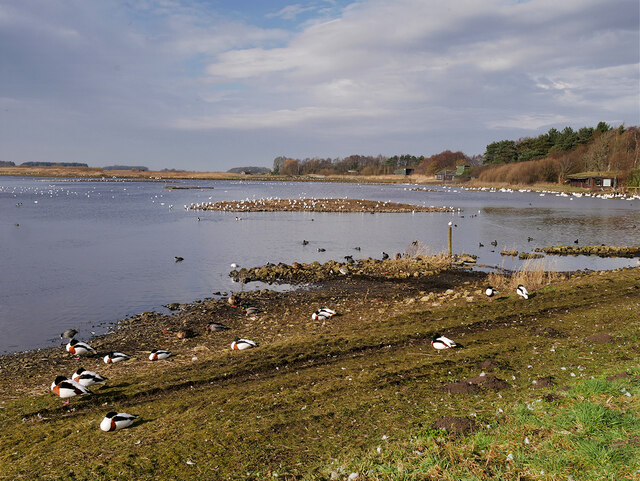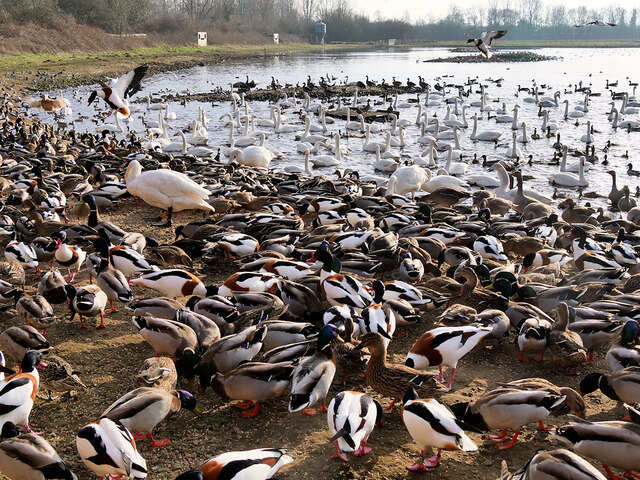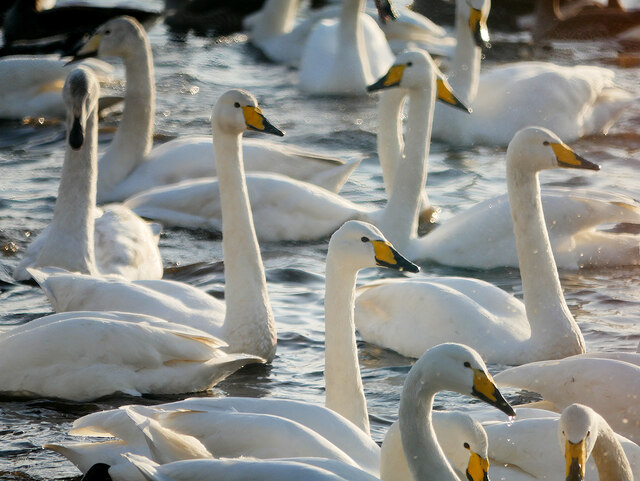Tarlscough Moss
Downs, Moorland in Lancashire West Lancashire
England
Tarlscough Moss

Tarlscough Moss is a picturesque area located in Lancashire, England. It is known for its diverse natural landscape, consisting of downs, moorland, and marshes. The moss stretches over an extensive area, covering approximately 500 acres.
The downs of Tarlscough Moss provide visitors with breathtaking views of the surrounding countryside. These rolling hills are covered in lush green grass and are home to a variety of plant and animal species. The area is particularly popular among hikers and nature enthusiasts who enjoy exploring the numerous walking trails that crisscross the downs.
The moorland in Tarlscough Moss is characterized by its vast expanses of open land and unique vegetation. Visitors can observe heather, gorse, and ferns, which add vibrant colors to the landscape. The moorland is also home to a variety of bird species, including the iconic red grouse and hen harrier. Birdwatchers flock to Tarlscough Moss to catch a glimpse of these fascinating creatures.
The marshes in Tarlscough Moss are a haven for wetland wildlife. They provide a habitat for various species of water-loving plants, insects, and animals. The marshes are home to diverse bird species, such as lapwings and curlews, which can be seen wading through the shallow waters.
Tarlscough Moss offers a peaceful and serene environment for visitors to enjoy the beauty of Lancashire's natural landscape. Whether hiking through the downs, exploring the moorland, or observing the marshes' wildlife, visitors are sure to be captivated by the tranquility and natural wonders of Tarlscough Moss.
If you have any feedback on the listing, please let us know in the comments section below.
Tarlscough Moss Images
Images are sourced within 2km of 53.626742/-2.8567302 or Grid Reference SD4314. Thanks to Geograph Open Source API. All images are credited.













Tarlscough Moss is located at Grid Ref: SD4314 (Lat: 53.626742, Lng: -2.8567302)
Administrative County: Lancashire
District: West Lancashire
Police Authority: Lancashire
What 3 Words
///fairway.dripping.fuses. Near Rufford, Lancashire
Nearby Locations
Related Wikis
Tarlscough
Tarlscough () is a hamlet in the West Lancashire district, in the English county of Lancashire. It is roughly 1+3⁄4 miles (2.8 km) (by road) north of the...
WWT Martin Mere
WWT Martin Mere is a wetland nature reserve and wildfowl collection managed by the Wildfowl and Wetlands Trust at Tarlscough, Burscough, Lancashire, England...
Martin Mere
Martin Mere is a mere near Burscough, in Lancashire, England, on the West Lancashire Coastal Plain. The mere is a vast marsh, around grid reference SD...
Mere Sands Wood
Mere Sands Wood is a 105 acres (42 ha) nature reserve between the villages of Holmeswood and Rufford in west Lancashire, England, managed by The Wildlife...
New Lane railway station
New Lane railway station serves the town of Burscough in West Lancashire, in England. It is served and managed by Northern Trains and is situated near...
Holmeswood
Holmeswood is a small agricultural village in West Lancashire, in the north-west of England. It lies just north of the Martin Mere Wetland Centre and...
Formby F.C.
Formby Football Club is an English football club based in Formby, Merseyside. They played in the Liverpool County Premier League Division One for the 2022...
Rufford, Lancashire
Rufford is a village in West Lancashire, England, where the Leeds and Liverpool Canal, Liverpool, Ormskirk and Preston Railway, the A59 and the River Douglas...
Nearby Amenities
Located within 500m of 53.626742,-2.8567302Have you been to Tarlscough Moss?
Leave your review of Tarlscough Moss below (or comments, questions and feedback).






